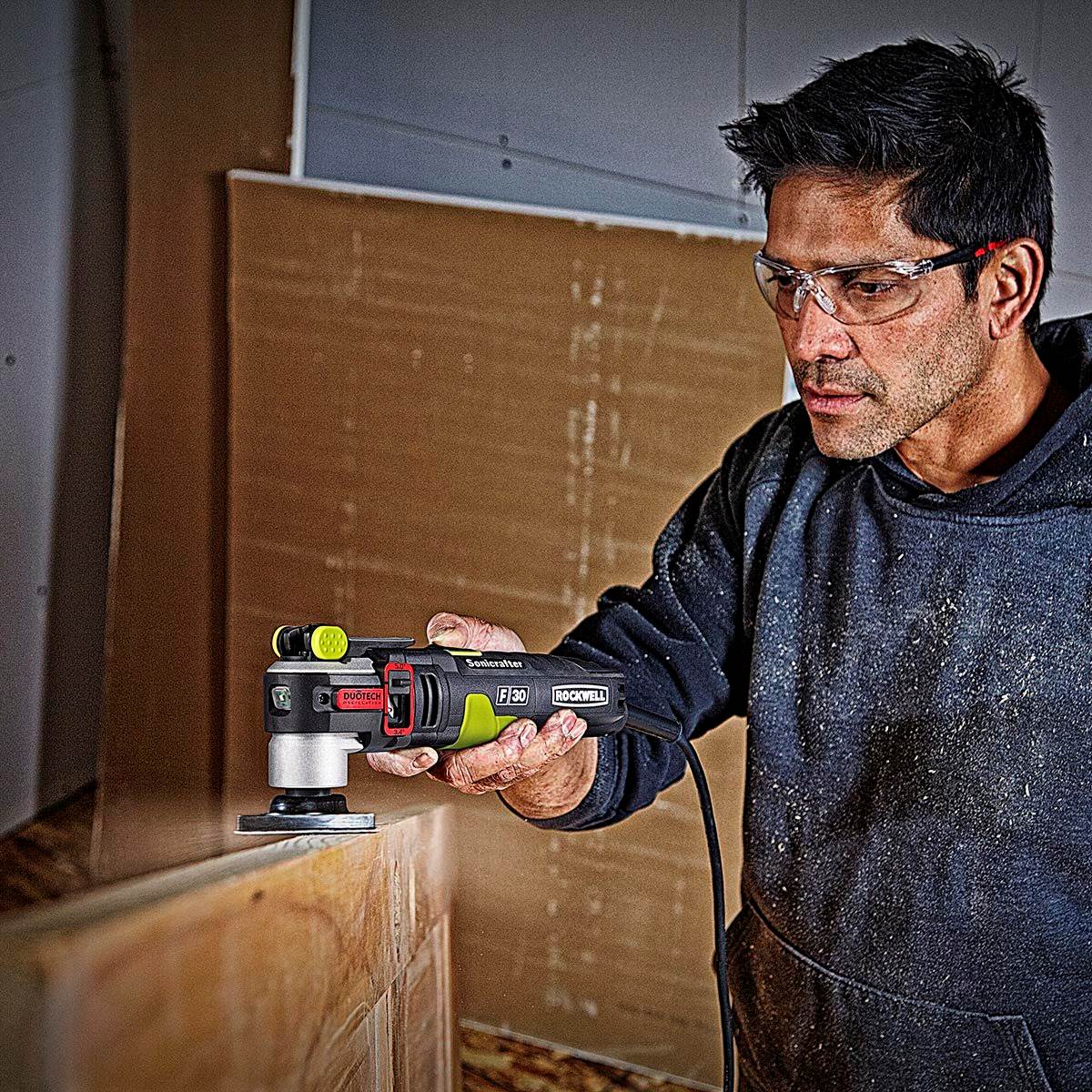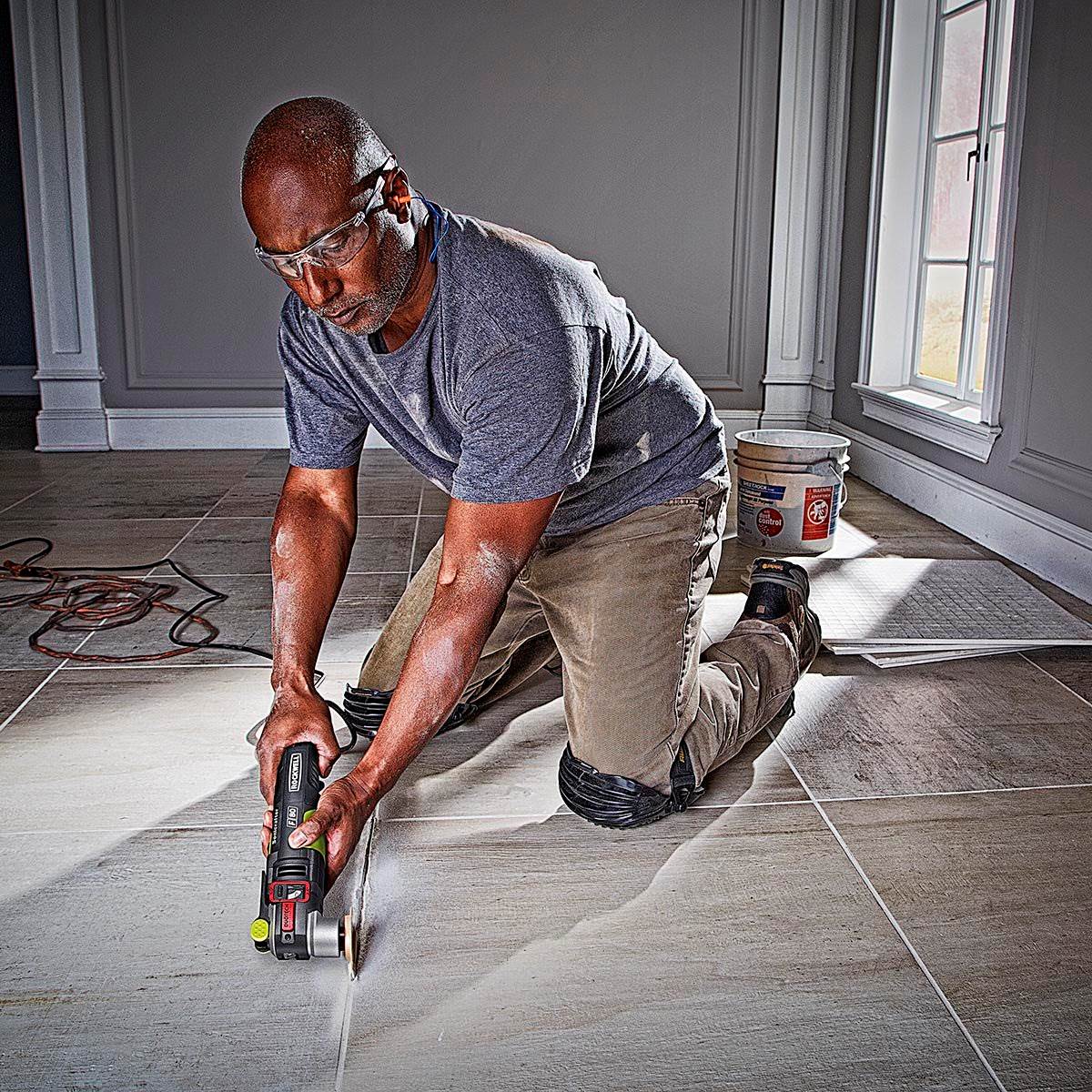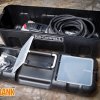
Plus, the front end is compact enough-it's 30 percent smaller than similar tools-to fit into tight spaces, while the slightly angled design of the body means you have excellent control even when working on very small or detailed projects. This well-designed oscillating tool boasts a powerful 5-amp motor, a variable speed of 10,000 to 21,000 rpm, and a no-tool-required mechanism for quick and easy changes of attachments just twist, push, and insert to change attachments, and you're back up and running. Some users find the angled blade difficult to maneuverĭremel has long been one of the top names in both oscillating and rotary tools, and the Multi-Max MM50 shows why.

Here are the best oscillating tools for DIY projects. We spent hours researching the most popular oscillating tools available now, evaluating durability, versatility, and overall value. It all boils down to what you're trying to accomplish.” But if you're not restricted in your movements and especially need extra power, go corded. If working in a tight area where you don't need a lot of power but need versatility, go cordless.

Thomas Hawkins, handyman, master electrician, and owner of Electrician Apprentice HQ, expands further, advising, “The corded versus cordless debate depends upon the project. Corded typically have more power, but cordless give you the flexibility to work anywhere.

Like many power tools, you can choose from corded or cordless oscillating tools. With the right attachment, you can use the device to sand, cut, polish, grind, trim, clean, edge, scrape, or drill a wide range of materials, including wood, plastic, metal, drywall, tile, and grout.


 0 kommentar(er)
0 kommentar(er)
